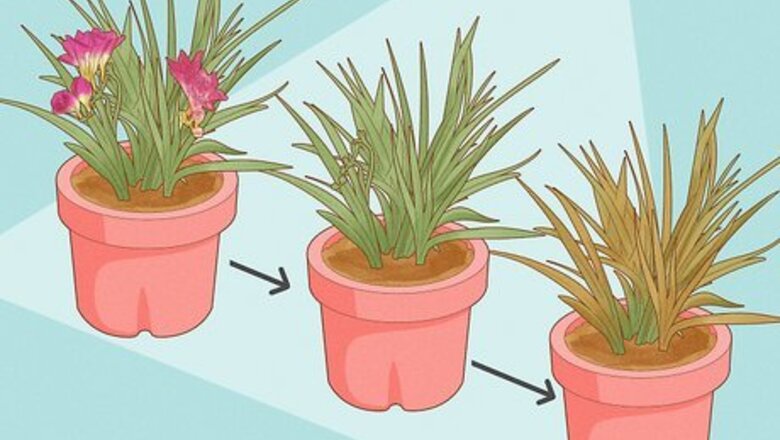
views
Letting Your Freesia Photosynthesize

Understand the life cycle of a potted freesia. The freesia plant has three stages to its life: The first is the blooming phase where it produces dark green foliage and beautiful blooms. The second is a rest phase, where the plant stops producing flowers and begins to use its leaves to store energy in the form of corms. The third phase is a dormant phase necessary to rest the plant so it can bloom again the next year. Continue reading to learn how to care for freesias in their rest phase.

Consider removing the flowers from the stems. The rest phase begins when the last blooms have died back from the plant. If you prefer, you can remove the flowers from the stems, but you should leave any part of the plant that is green and not yellow or dying. By far, sunlight is the most important factor during this time. The green leaves must use sunlight to photosynthesize and store energy for the next year; quite a bit like hibernation. If too little nutrition is stored, the plant could refuse to bloom or have greatly reduced foliage the next year.
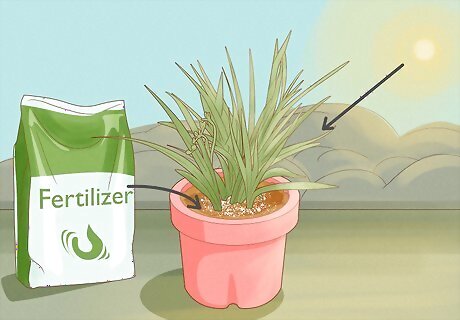
Place the plant in the sun. Once the plant has it's flowers removed, place the container in full sun and fertilize according to package directions. Leave the Freesia's in full sun for the next two to three months or until the leaves turn yellow. During this time, you should frequently water and refrain from disturbing the plant too much. This phase is critical for producing healthy corms for next year.
Overwintering Your Freesia
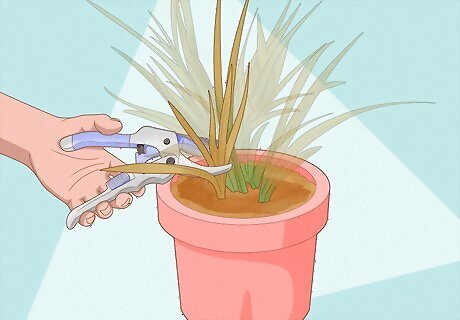
Prune your plant. When your freesia begins to die back and the leaves turn yellow it's time to prune. Remove any yellowing or dead leaves.
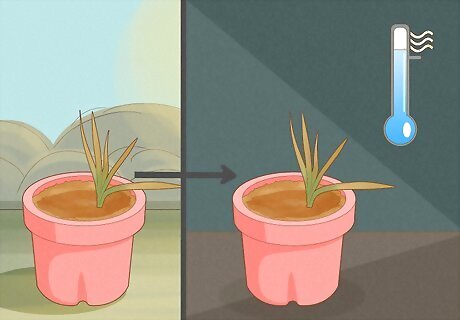
Move your potted plant to a cool, dark location. Once two-thirds of the plant has died back, move the plant to a cool, dark location and allow the plant to enter dormancy. It's important that the plant remains dry during this time, therefore you should reduce watering to when the plant is appearing to wilt, to prevent the corms from attempting to bloom at the wrong time. You may keep the freesia in a dark location until you're ready to start blooms again, even if you change seasons. If you remove the plant from dormancy in winter, you'll enjoy blooms during the summer. If you remove them in the fall, you'll enjoy blooms in the spring.
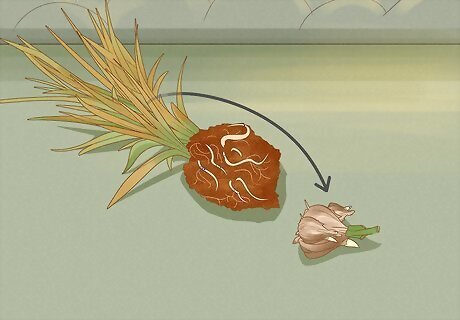
Separate your corms. If your plant is a few years old, it's probably time to dig up and separate the corms. Be sure to remove the entire plant from the pot and avoid digging into the corm system. Try tipping the pot and removing all the dirt and corms onto a newspaper to prevent damage to the plant. With a light hand, begin to pull off branching corms.

Remove the parent corm. Typically there will be a large, firm corm with smaller, similar corms off the side. Near the bottom will be an older, unhealthy looking corm. This withering corm is last year's parent corm that is still attached to a healthy child. You should remove and separate the new corms from the previous and set them aside in a dry location to allow them to cure for several weeks before replanting.














Comments
0 comment